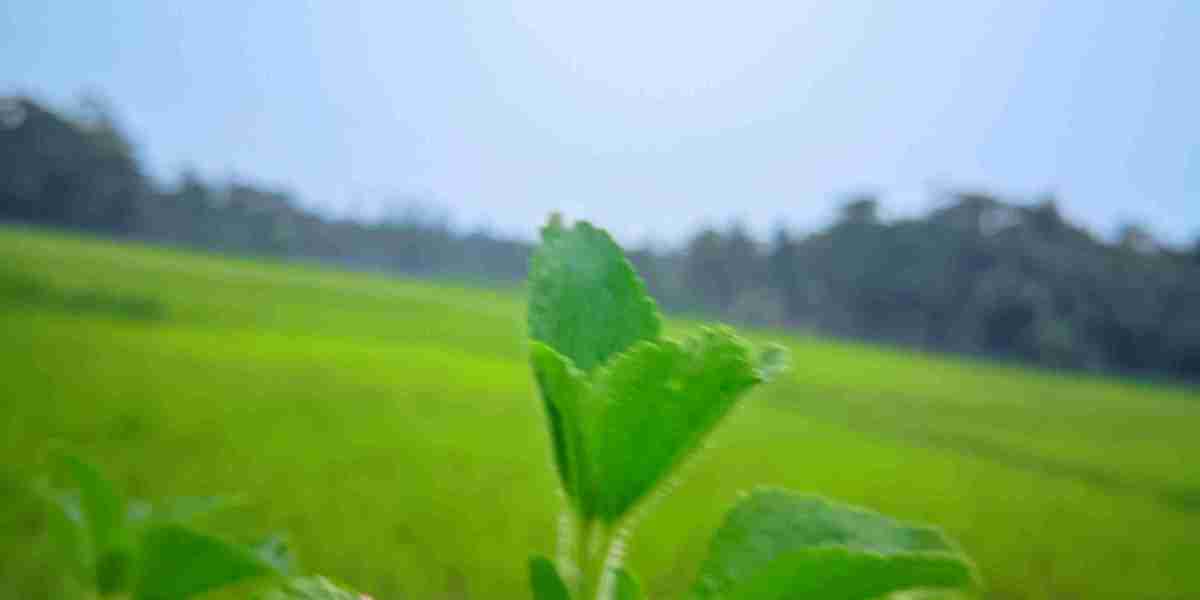Cox's Bazar is the longest unbroken beach in the world. The unique species of red crab here fascinates the tourists. A few years ago many red crabs were seen at Sugandha, Kalatali and Lavanya points in Cox's Bazar. This matter attracted domestic and foreign tourists.
red crab
The red crab is called the silent watchman of nature. It eats dead plant and animal parts. This adds nutrients to the soil and maintains the nutrient cycle. Also it increases soil aeration. That is why it plays an important role in protecting coastal forests.
Horses are driven in Cox's Bazar and management is destroying crab nests. Adversely affecting their reproduction process. Ocean pollution is one of the main enemies of red crabs in Cox's Bazar.
The polluted water in Cox's Bazar has had a huge negative impact on the livelihood of red crabs. Climate change poses a threat to the existence of red crabs. Recently, the temperature has increased in Cox's Bazar due to decrease in rainfall.
Decreased rainfall and rising temperatures are increasing the negative impact on the red crab. Moreover, illegal fishing off the coast of Cox's Bazar is a big threat to red crabs. The situation is further aggravated by the use of prohibited nets and illegal fishing. If the population is low and the natural environment is ideal for red crabs, they will continue to breed well. Overall, several programs are being implemented to protect biodiversity.



















































